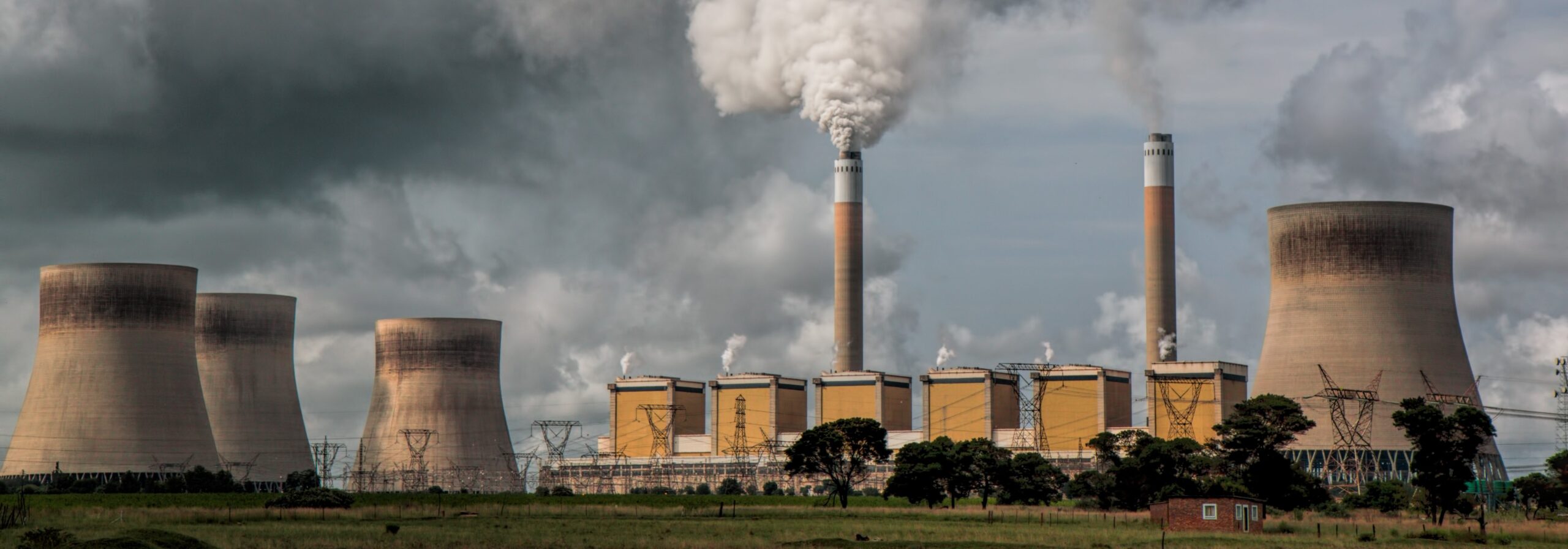This was the finding of the recently released Global Carbon Budget (click here to read) report, produced by top research international organisations like the CSIRO, as part of the Global Carbon Project.
It provides an overview of the global carbon cycle, including natural and human-induced emissions.
Carbon dioxide is a long-lived greenhouse gas and, along with methane and nitrous oxide, leads to human-driven climate change, the CSIRO says: it can persist for hundreds of years in the atmosphere.
CSIRO’s project executive director, Dr Pep Canadell says the report shows global CO₂ emissions from fossil fuels are rising despite significant increases in the use of renewable energy.
“We have seen a 0.8 per cent increase in global CO₂ emissions from fossil fuels in 2024, compared to 2023,” Dr Canadell said.
“This equates to a total of 37.4 billion tonnes of CO₂ projected to be emitted in the atmosphere from fossil fuel use this year alone.”
Emissions from fossil fuels and land-use changes are projected to increase, the report says.
“Globally, emissions from land-use change have decreased by 20 per cent in the past decade but are rising this year, along with fossil fuel emissions,” Dr Canadell says.
“We have observed over the past two years how the capacity of natural CO₂ sinks on land which absorb carbon from the atmosphere (mainly forests) declined due to drought in the Amazon and fires in Canada.
“The CO₂ sinks have begun to recover but the data underscores how vulnerable they are to droughts and extreme heat, which are increasing with global warming.”
There has been a decline or slowing of global CO₂ emissions across 22 countries.
But the Global Carbon Budget shows there is a 50 per cent chance of exceeding the Paris Agreement’s target of 1.5°C warming in six years.
A downward trend in global CO₂ emissions is required to meet net zero targets and minimise the impacts of climate change, it states.
FINDINGS
- The growth in 2024 fossil emissions comes on top of a 1.4% growth in 2023 emissions.
- CO₂ emissions from land-use changes like deforestation have, on average, declined over the past decade. This means total emissions from fossil fuels and natural sources have stabilised over the last decade.
- Globally, fossil fuel CO₂ emissions come from coal (41 per cent), oil (32 per cent) and gas (21 per cent).
- China contributed 32 per cent of global emissions followed by the US (13 per cent), India (8 per cent) and European Union (7 per cent).
- By the end of 2024, CO₂ concentrations are meant to reach 422.5 parts per million, which is 52 per cent above pre-industrial levels (1750).
- Australia had a 0.4 per cent decrease in CO₂ fossil fuel emissions in 2023 which is expected to continue falling.






